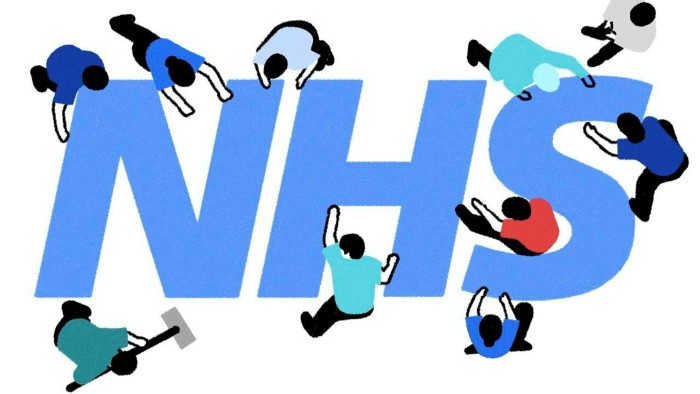Unlock the Editor’s Digest for free
Roula Khalaf, Editor of the FT, selects her favourite stories in this weekly newsletter.
The writer is co-director of the UK’s Bennett Institute for Public Policy, University of Cambridge
In 2000, two doctors at London’s Great Ormond Street Hospital were watching a Formula 1 race on TV as they relaxed in the staff room after carrying out a long and delicate operation. Martin Elliott was the surgeon, his colleague Allan Goldman a consultant in intensive care. Watching a team of about 20 people service an F1 car, they were inspired to reorganise the tricky handover between theatre and intensive care staff. The methods the two medics introduced have since been adopted in many critical care units.
Reading recently about familiar assertions that there are too many administrators and too few frontline staff in the NHS made me reflect that there is more mileage — forgive the pun — in the F1 example when it comes to efforts to raise NHS productivity.
The insight it gave the Great Ormond doctors was that what they had thought of as a handover between two teams needed to be thought of as a process carried out by a single team, in which each person has a specified role.
So it is with hospitals. Improving NHS productivity will require thinking about the entire end-to-end chain of events, from the first GP or A&E visit to patient discharge, as a single process.
It would be crazy to economise on the many people in the F1 pit, as they are all needed to make the highly trained driver in the expensive car as productive as possible. Similarly, it would be a false economy to assume hospitals are over-administered if the upshot was to leave medical staff doing the equivalent of getting out of the car and changing their own tyres.
Of course, it is likely that there are pockets of administrative inefficiency, and activities that artificial intelligence will help improve, such as note taking and letter writing. But any visit to an NHS surgery or hospital tends to suggest that the medical staff are spending too much time tapping at computer screens rather than looking at patients. If anything, there are too few administrators.
We should start thinking about managers and administrators as a particular kind of equipment the frontline staff need to be as effective as possible.
The familiar claim that there are too many back-office staff rests on a misunderstanding about productivity, which is not a question of people working harder, nor even of spending money on new machines, but rather involves thinking about the whole process. Economists consider such process innovations the major driver of long-term productivity growth. Examples include the spread of the assembly line in manufacturing in the 1950s and 1960s, or the lean production approach of the 1980s and 1990s.
The activities or tasks involved in making a car have changed over time, thanks to incorporating new technology. But it was the way these were organised in the factory, and the links between manufacturers and their suppliers and customers, that really mattered.
The fundamental contribution of sophisticated logistics software or telecommunications technology was making managers see the possibilities of doing things differently. Given the organisational insights, pencil and paper would have driven improvements too.
Sprinkling the magic dust of AI is no substitute for thinking about what the technology will enable in terms of organising the treatment of patients.
AI is an information technology, so people will need to be able to use improved information to improve productivity and health outcomes. This means asking questions about who is authorised to take which decisions, or how information can lead to a rejigging of processes.
Some hospitals have begun to think in this way. There are modestly encouraging signs of information flowing more freely between parts of the health service through the NHS app. But real improvements will require process re-engineering at scale — a genuinely strategic view of the system as a whole. This might well include an expanded role for administration.
Just as a drone’s-eye view of the F1 pit reveals the minuet of mechanics in a division of labour and expertise to get the best outcome for the driver and their multimillion-pound vehicle, a system-wide view of the NHS requires identifying and celebrating the roles of everyone involved — from the porters and cleaners to those under-appreciated administrators.
